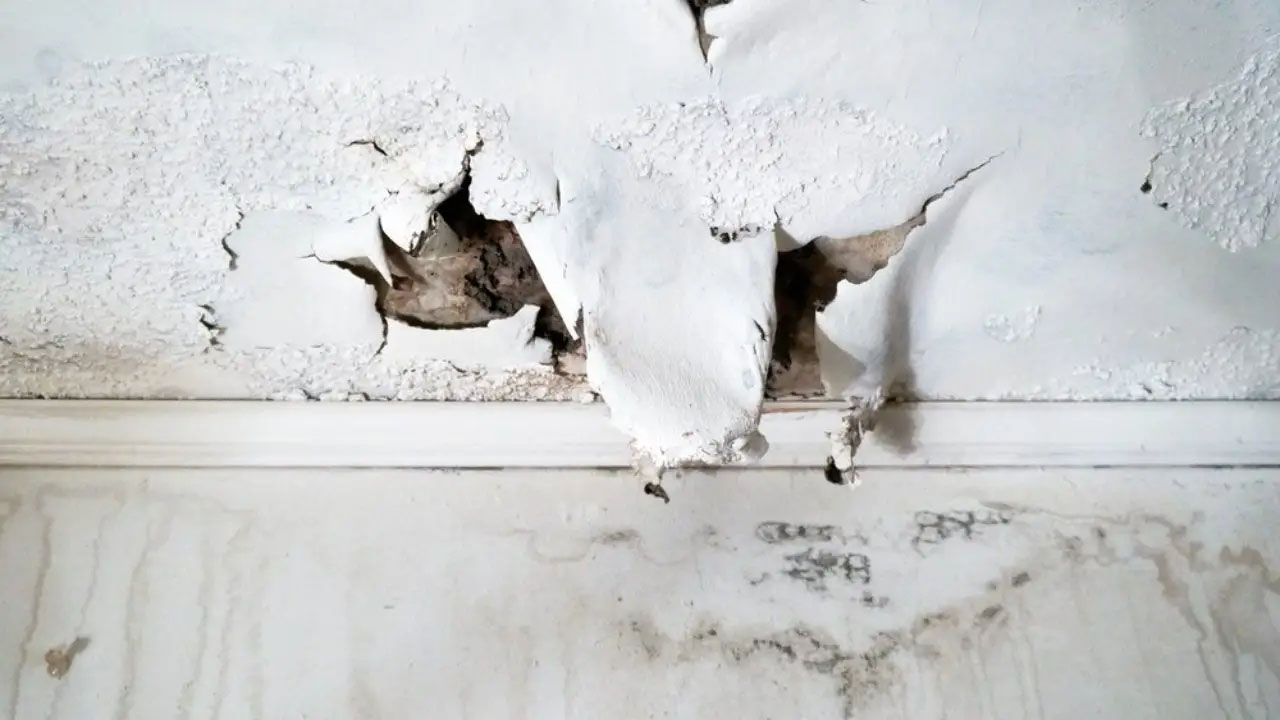When you hear the term “The Destructive Power of Water”, most people assume a flood or a large natural disaster. Some even think of the slow erosive power of water to carve canyons out of bedrock. What doesn’t come to mind is a slow drip or a minor leak. This doesn’t invoke the feeling of “destruction”.
Don’t be fooled by the idea that a minor leak or a slow drip can’t cause major devastation. They absolutely can and often do! It is easy to underestimate the destructive power of what can seem like a minor water issue. How devastating can it be?
Aesthetic and Surface Damage
Whether the slow leak or drip is under a sink, in the void between the first and second floor or a wall somewhere, it will inevitably show its face. Aesthetic and surface damage may seem like the easiest to repair but that isn’t always true. A slow leak can drip onto antique furniture, precious family heirlooms or discontinued and exotic flooring or molding.
This damage may not structurally affect your home but it can be extremely expensive and sometimes impossible to repair. It can create permanent damage that can make a room or area of your home less inviting and appealing to be in.
Structural Damage
Structural damage is possible if a slow drip or leak is unattended or unnoticed for a long time. Since the majority of homes in North America are wood frame buildings, this is a real threat to the integrity of the home. Walls can become weakened if studs are rotted from exposure to water. A steady drip of water will also eat away at structural support beams.
If this happens to a support beam that is part of the structural core of the home, it could mean major renovations to make the home livable again. This damage can easily extend from floor to floor and into the basement as well. For example, say a small leak in an upstairs bathroom goes unnoticed. This leak goes from under the sink and makes its way into the wall cavity where it travels through the floorboards and down the next stud wall and finally into the basement.
This leak, if left long enough, could lead to repairs to the framing, flooring, insulation, drywall and paint spanning three floors of your home!
Mold Growth
Water damage is most often associated with mold growth but that is widely considered to only happen after large floods or disasters. Not true! Mold can grow anytime if the conditions are right. All it needs to survive is moisture and a surface to grow on.
Mold if left unchecked can be deadly. Particularly for young children and older, more vulnerable adults, mold can be a very serious problem. It is easy to miss and you don’t have to be in direct contact with mold for it to harm you. If a leak causes mold near the ventilation system in your home, the spores and bacteria can spread throughout the entire property through the movement or air alone.
Fire Hazards
Rarely do you connect water damage and fire risks, but they are indeed connected. Water and electricity together create a recipe for disaster. Shorted wires can easily lead to fires and water, when given the chance, will work its way into outlets and electrical boxes.
These situations are serious and can lead to major injuries and even death. If you see water near an outlet or a power box, call an electrician to handle the situation.
How Do You Mitigate the Risk of Water Damage?
When you own a rental property, it is critical to take all the precautions necessary to make sure the unit is safe. The best way to mitigate the risk of water damage in a rental property is to use a professional property management service. The maintenance team that is in your unit when repairs are needed can make sure that no evidence of water damage or small leaks and drips exists.
Centurion Property Management has the knowledge and expertise to make sure that your rental property is well maintained and safe. Reach out today and contact Centurion Property Management to discuss your property management needs.


